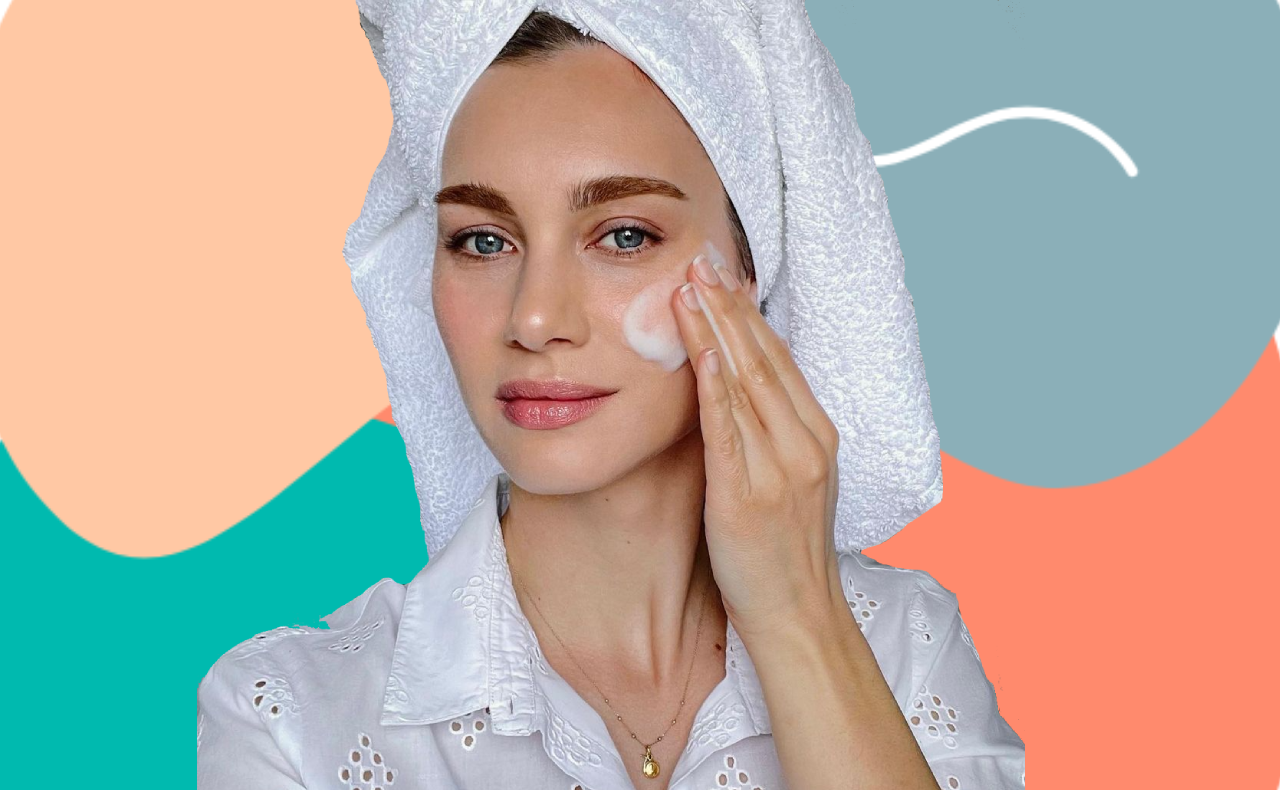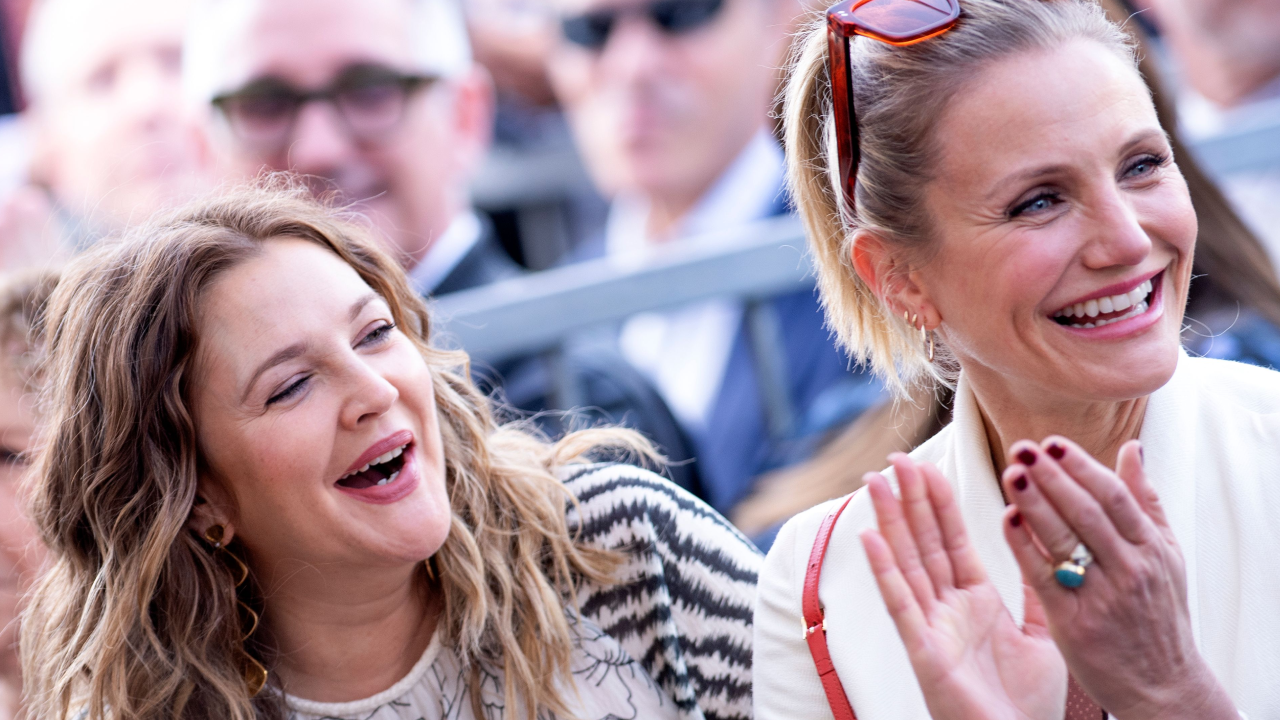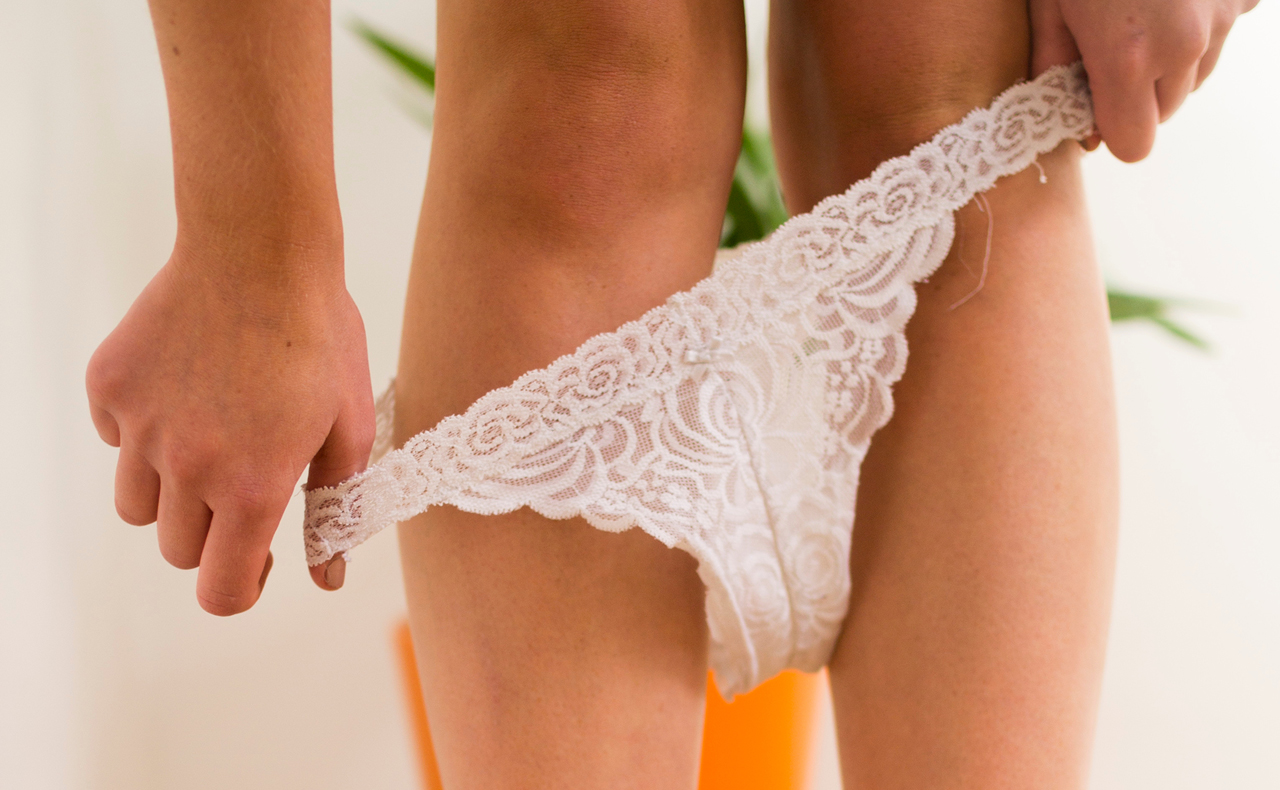Written: May 2007
A sign of the times
Holding back the years is the beauty obsession of our era. With an ageing population, a culture that champions the young and gorgeous and a beauty industry inspired by the ‘grey dollar’, skin ageing possesses many people’s minds more than climate change and the federal budget put together. And it’s not just the baby boomers and generation Xers that are worried about wrinkles; still-smooth teens and 20-somethings are also beginning to launch their own, pre-emptive strikes in the war against ageing.
Although it’s something that touches all of us sooner or later and research abounds, the subject of skin ageing is also one of beauty’s most confusing. You can have Botox in your lunch hour, go on surgery and safari (just slip off on holiday while you heal in the hope that no-one will be the wiser), peel layers from your face and apply myriad lotions, potions and elixirs promising to freeze, diminish and soften the signs of ageing, but, when it comes to knowing what’s really going to give you the results you want, all that choice can be more of a hindrance than a help.
As with all skin concerns, the key to winning the battle against skin ageing is to know your enemy and understand the tools that will best help you fight back.
What causes the skin to age?
We all know there’s no such thing as the fountain of youth. Chronological skin ageing is a natural, necessary part of the human life cycle and how it unfolds is influenced by our inherited genetic programming. And, for now, there’s nothing science or skincare can do about that.
However, skincare specialists also say that the signs we associate with ageing, like wrinkles, lines, uneven skin tone and dullness, are caused in large part by external factors that are somewhat within our control.
“Of course, as we get older, our hormones – testosterone, thyroid and many others – slow down, our bone density weakens and [those processes, among others] cause us to look older,” says cosmetic surgeon and skincare specialist Dr Des Fernandes. “But that’s rarely the type of wrinkling that we see and that bothers us.”
Movement
Dermatologist Dr Natasha Cook draws a comparison between facial skin and cardboard folded over and over again. “A single fold barely puts a mark on the surface. Repetitive folding leaves a permanent groove,” she describes. “The same process happens with facial skin and repetetive facial movements. The more movement there is, the more wrinkles there will be.” The tissue-thin eye area is particularly susceptible to these lines (crows feet) and repetitive expressions are also the culprits behind ‘frown lines’ on the forehead and ‘marionette lines’ around the mouth.
Free radicals
These damaged, unstable molecules are missing one of the electrons needed for normal function and roam around the skin, scavenging healthy, normal cells in an effort to complete themselves. As free radicals attack and steal electrons from normal cells, turning these into destructive free radicals too, it sets off a chain reaction of damage to collagen, elastin and our very DNA that ends up in the lines, wrinkles, ‘age spots’ and general dullness that we recognise as ageing.
So what sends free radicals on the rampage in the first place?
Sun – UV radiation is one of the major causes of free radicals, and when we talk about visible skin ageing, we’re really talking about sun damage. “Wrinkles, pigmentation spots and the other signs of ageing are a symptom of sun exposure progressively damaging your skin,” highlights Dr Fernandes. “If you were to compare the parts of your grandmother’s skin that have been exposed to the sun with the parts that haven’t been so exposed, you would see that wrinkles and signs of ageing we see are virtually all from the sun.”
Oxygen – A by-product of cellular respiration (when cells react with oxygen), Reactive Oxygen Species (ROS) are a type of free radical that causes oxidative stress. This contributes to the deterioration of our bodies throughout the natural ageing process, including the withering associated with older skin.
Smoking & pollution – Chemicals ingested and absorbed by our bodies damage healthy molecules, turning them into marauding free radicals. This is considered a contributory factor in many diseases associated with smoking as well as the appearance of the skin.
Stress
“Stress attributes around 40 per cent to individuals ageing faster than they should,” says Dr Danne Montague-King. “The process begins in the hypothalamus gland and continues to cause havoc all the way to the skin.”
Skin inflammation
Inflammation almost accidentally contributes to premature ageing as it stimulates white blood cells to help heal skin trauma. “As part of the healing process, white blood cells stimulate enzymes that can, as a side-effect, clear away collagen, elastin and healthy surrounding tissue along with the damaged tissue,” explains Emma Hobson from the International Dermal Institute. “It’s a little like when the fire brigade comes in to out a fire and surrounding furniture gets wet too.
“The problem is, when you break down collagen and elastin prematurely, the skin appears aged prematurely too.”
Applying the brakes
The good news is that, because external factors are the main players in premature skin ageing, we do have some say in how we look as the years pass. But there’s got to be a better plan than to live in an underground cave, safe from the sun and anyone who might smoke, stress us out or make our faces crinkle with emotion, right?
Before you hit the beauty aisle, it’s important to recognise that the term ‘anti-ageing’ is a great marketing handle, but is also misleading. “We are all ageing and there is no ‘anti’ to it,” confirms Dr Monatague-King. “Ageing gracefully comes down to genetics and careful treatment and maintenance.
“This is called age management and that is all there really is. It is not one product and there are no magic bullets.”
Indeed, there are no magical youth potions, but these are some of the technologies, treatments and ingredients that experts recommend can help:
Sun protection
SPF protection and limiting exposure to UV rays are by far the most powerful and effective weapons against premature ageing. The closest thing to ‘anti-ageing’ would be “the application of white titanium dioxide to the face when outdoors,” says Dr Montague-King, “but that’s inappropriate to say the least as everyone would look like they were starring in a Japanese opera!” Next best: apply a titanium dioxide or zinc-based UV-blocking sunscreen generously and often every day – and learn to love wearing a hat.
Try:
Megan Gale Invisible Zinc Face & Body SPF30+, $29.95
True Solutions True All day Moisture SPF30+, $50
Botox
Cosmetic Botox is a purified protein produced by the clostridium botulinum bacterium, which is injected into the skin to paralyse the muscles at the heart of movement lines. It seems like a quick fix, but it’s not a permanent solution (results only last up to four months) and it doesn’t actually give you new skin. Botox isn’t magic – it’s just a “tweak that will give you the illusion of youth on the outside,” stresses Dr Montague-King. And you certainly can’t be skittish about needles.
Hyaluronic acid
This supportive substance occurs naturally within the skin, but is depleted with age and sun exposure. Lauded for its ability to absorb many times its own weight in water, hyaluronic acid is synthesised and featured in many topical ‘anti-ageing’ products and moisturisers to soak up moisture like a sponge and, thus, plump up dry, shrivelled-looking skin. Restalyne is a form of synthetic hyaluronic acid that dermatologists can inject beneath wrinkles to ‘fill them out’ from within.
Try:
Jan Marini Skin Research Transformation Cream, $115
Dr LeWinn’s Line Smoothing Complex Corrective Filler, $79.95
Cosmedicine Hydra Healer, $120
Antioxidants
Crucial for general wellbeing as well as the skin, antioxidants work to inhibit the ability of free radicals to damage the healthy cells around them. Many antioxidants are available from food sources, but with our skin always under siege by the sun, pollution and stress, supplements and topical antioxidants have become an essential part of age management. “Antioxidants that you eat can go anywhere in your body. When you put on a topical cream, you’re directly treating the exact area where you need it,” defines Dr Fernandes.
Vitamins A, C and E and co-enzyme Q10 are long-loved antioxidants, with idebenone emerging as a super strong free radical fighter over the past couple of years.
Try:
Prevage Anti-Ageing Treatment, $250 – contains idebenone
Priori Smooth Lines, $190 – contains idebenone
Ultraceuticals Ultra C Treatment Cream, $108
Danne Montague-King Direct Delivery Vitamin C Serum, $159
Environ Skincare Intensive Retinol 1, $115
Essential Fatty Acids (EFAs)
Essential fatty acids, including the well-known Omegas 3 and 6, are important to general health and are also great for keeping skin supple. Including foods like fish and shellfish, flaxseed (linseed), soya, pumpkin and sunflower seeds, leafy vegetables and walnuts in your diet will help, but Dr Montague-King instructs that supplements can really help give your skin the edge over ‘crepiness’ that comes with ageing.
Try:
Danne Montague-King Essential Fatty Acids Supplements, $60
Blackmores Flaxseed Oil 1000mg, $16.95
Usana Nutritionals BiOmega-3, $36
Exfoliation – Regular, at-home use of Alpha Hydroxy Acids (AHAs) or Beta Hydroxy Acids (BHAs) can unglue dead and dull skin cells from the surface of the skin and help give the skin a softer, smoother and more even appearance, but deeper lines, wrinkles and pigmentation spots can benefit from a more intensive, professional resurfacing peel. But a peel is only the beginning of the programme. “All this work must be protected against environmental attack and maintained for a lifetime,” says Dr Monatgue-King.
Try:
Environ Alpha Cream Mild, $76 (AHAs)
NeoStrata Citriate Treatment System, $75 (AHAs)
Paula’s Choice 2% Beta Hydroxy Acid Gel, $36 (BHAs)
DNA technology
The idea that DNA loses its ability to function properly with age is not a new one, but skincare creams marketed along with those three magic letters have only recently begun to create a buzz in beauty. But, before we get carried away with the scientific-sounding nature of these products, it’s important to note what a cream’s connection with DNA is, and what it is not.
Nivea Visage recently launched DNAge, a range developed to protect the skin’s DNA from free radical assaults, allowing it to perform at optimal levels as we age. “It utilises two key ingredients: folic acid, which helps skin cells in repairing DNA, and creatine, which provides the energy for repair activities,” explains Dr Maria Langhals from product development at Beiersdorf. It doesn’t do anything to the DNA; it just supports the skin’s own natural function – “DNAge simply helps cells do what they naturally do, only better and faster, resulting in younger-looking skin,” confirms Dr Langhals.
Dermagenetics is a skincare system that analyses an individual’s genes to customise a skincare cream to their specific needs. First there’s a swab test to identify which genes are not functioning as well as they could, then a cream is tailored with ingredients to compensate for the weaknesses discovered. “It’s not treating the genes or performing any sort of cellular intervention. We’re simply making sure that the formula of the skin cream you use is optimised for your individual skin,” explains Dr Julie Epstein, a consultant physician specialising in age management medicine.
DNA skincare can really only work to support what we’ve already got. Any claim beyond that would simply be stretching the truth. And, as Dr Montague-King warns those of us searching for ways to hold back the years: “Any claim on a product that sounds too good to be true usually is.
“Beware of products that promise too many actions at once. It takes several to clean up and remodel an old house!”
– Tracey Withers




I’m very all right for the biological age and my genetic backround. No premature ageing here. But like prevention of wrinkling of the skin. So diligent with my skincare
What an inclusive article thank you very much.